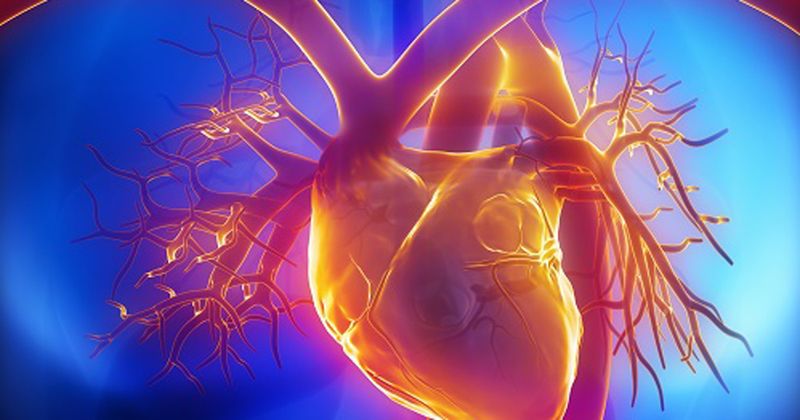Assessing HDL anti-inflammatory capacity may help gauge incident CVD risk
HDL anti-inflammatory capacity was inversely associated with incident CVD and may serve as a good predictor of CV risk when added to established risk assessment tools, according to data published in Circulation.
“HDL are very complex particles with anti-atherosclerotic functions that are not reflected by measuring just the cholesterol quantity,” Uwe J.F. Tietge, MD, PhD, professor and head of the division of clinical chemistry at the Karolinska Institute in Stockholm, said in a press release. “Atherosclerosis underlying cardiovascular disease is increasingly recognized as a disease with a strong inflammatory component, and a central biological function of HDL is to decrease inflammation.

“By using a novel research tool, our results provide strong support for the concept that plaque buildup in the arteries has an inflammatory component, and that the biological properties of HDL particles have clinical relevance to cardiovascular disease risk prediction,” Tietge said in the release.
The researchers analyzed 369 patients from the PREVEND study (mean age, 59 years; 70% men) who experienced a first CV event, defined as CV death, ischemic heart disease, nonfatal MI and coronary revascularization. Participants were matched to controls of the same sex, smoking status, age and HDL.
HDL anti-inflammatory capacity was determined as its ability to suppress tumor necrosis factor-alpha-induced vascular cell adhesion molecule-1 mRNA expression in endothelial cells in vitro, the researchers wrote. Findings were expressed as percent reduction by individual HDL related to the maximum tumor necrosis factor-alpha effect with no HDL present.
Researchers reported that HDL anti-inflammatory capacity was lower among patients experiencing a first CV event compared with controls (27% vs. 31.6%; P < .001).
After full adjustment, HDL anti-inflammatory capacity was inversely associated with incident CVD (OR per 1 standard deviation [SD] = 0.74; CI, 0.61-0.9; P = .002). Findings were similar for all individual components of the CVD endpoint.
HDL anti-inflammatory capacity was not correlated with cholesterol efflux capacity (r = 0.02; P > .05), according to the study.
In a fully adjusted model, both HDL anti-inflammatory and cholesterol efflux capacity were independently associated with incident CVD (OR per 1 SD for efflux = 0.74; P = .002; OR per 1 SD for anti-inflammatory capacity = 0.66; P < .001).
“It is notable that the HDL anti-inflammatory capacity was independent of a large number of established cardiovascular biomarkers” including high-sensitivity C-reactive protein, the researchers wrote.
In other findings, adding HDL anti-inflammatory capacity to the Framingham risk score improved its predictive ability, with a model likelihood-ratio statistic increase from 10.5 to 20.4 (P = .002).
“The HDL cholesterol level is a good, established, simple and cost-efficient CVD risk biomarker. Our results, however, demonstrate that the anti-inflammatory capacity or assays looking at HDL function in general have the potential to provide clinically relevant information beyond the static HDL cholesterol measurements that are currently used,” Tietge said in the release.
